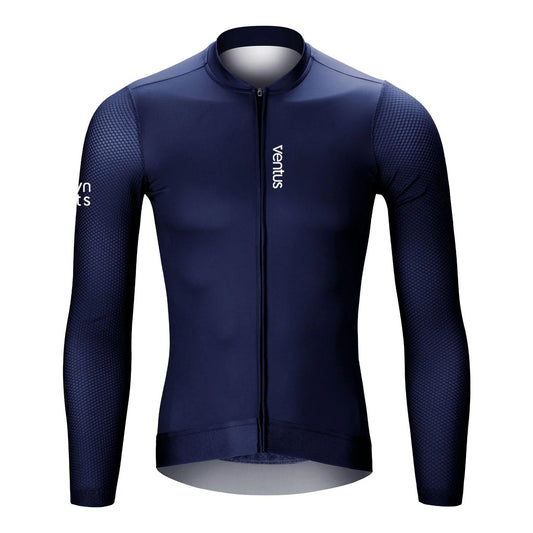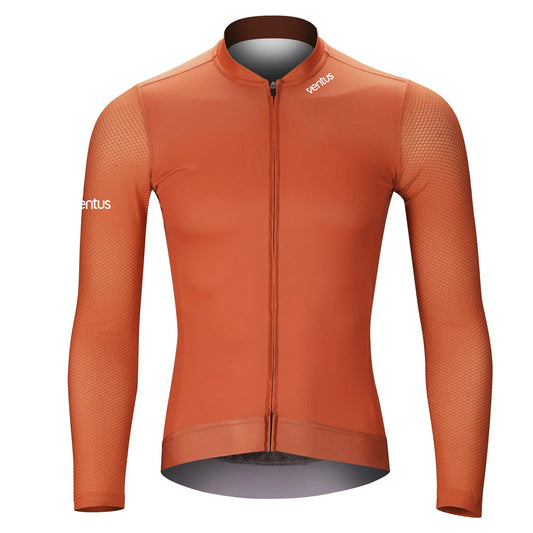
Cycling Training Zones: A Detailed Guide
Share
Introduction
Cycling training zones are a critical component of any road cyclist's training regimen. These zones, typically based on heart rate or power output, allow cyclists to target specific physiological adaptations and optimize their performance. As the colder months approach, many cyclists shift their focus to structured indoor training or fine-tune their outdoor rides. This guide will dive deep into cycling training zones, answering common questions and providing a comprehensive understanding of how to use them effectively.
What Is Power Zone Cycling?
Power zone cycling is a training method based on the measurement of your power output, typically in watts, using a power meter. Each power zone corresponds to a specific percentage of your Functional Threshold Power (FTP), which is the maximum power you can sustain for an hour. Training within these zones allows you to target different energy systems, improving your endurance, strength, and overall cycling performance.
Cycling Training Zones Explained
Here’s a breakdown of the seven commonly used cycling power zones:
-
Zone 1: Active Recovery (Less than 55% of FTP)
- Purpose: This zone is used for recovery rides. It’s a low-intensity effort that helps flush out lactic acid, improve blood circulation, and promote recovery without adding undue stress to your body.
- When to Use: After intense training sessions or races, or during easy rides to promote active recovery.
-
Zone 2: Endurance (56-75% of FTP)
- Purpose: Zone 2 is the endurance training zone, where your body becomes more efficient at burning fat as fuel and increases aerobic capacity. This zone is key for building a strong aerobic base, essential for long rides and races.
- When to Use: Long, steady rides where the goal is to build endurance and improve aerobic capacity.
- Is Too Much Zone 2 Bad? While Zone 2 is beneficial, too much can lead to plateauing. It’s important to incorporate higher-intensity intervals to continue improving overall fitness.
-
Zone 3: Tempo (76-90% of FTP)
- Purpose: Tempo rides are moderately challenging and help to improve your ability to sustain power over longer durations. This zone is ideal for increasing muscular endurance.
- When to Use: During longer rides when you want to maintain a strong, steady pace.
-
Zone 4: Threshold (91-105% of FTP)
- Purpose: Training at or near your FTP, Zone 4 improves your lactate threshold, which is the point at which lactic acid accumulates in your muscles faster than it can be removed. This helps you to sustain higher intensities for longer periods.
- When to Use: Threshold intervals during training sessions designed to push your limits and increase your FTP.
-
Zone 5: VO2 Max (106-120% of FTP)
- Purpose: This zone targets your VO2 max, the maximum amount of oxygen your body can use during exercise. Training in Zone 5 improves your ability to work at high intensities and increases your aerobic power.
- When to Use: Short, intense intervals during workouts aimed at boosting your maximum power output and aerobic capacity.
-
Zone 6: Anaerobic Capacity (121-150% of FTP)
- Purpose: Zone 6 is all about anaerobic power, working on short, intense bursts of effort. This improves your ability to produce power above your threshold and increases your sprinting capability.
- When to Use: Short, high-intensity efforts like sprints, typically during interval sessions.
-
Zone 7: Neuromuscular Power (Maximal Effort)
- Purpose: This zone is for maximal efforts, focusing on sprint power and neuromuscular coordination. It’s the highest intensity zone, targeting explosive power and speed.
- When to Use: Short, explosive sprints, typically lasting 5-15 seconds.
Cycling Power Zones Chart
Here’s a visual representation of the cycling power zones based on FTP:

Why is Zone 1 Cycling Good for You?
Zone 1 cycling is essential for recovery. It’s not about pushing your limits but allowing your body to heal and adapt. By staying in this low-intensity zone, you’re promoting circulation, reducing muscle soreness, and speeding up recovery after intense efforts. It’s particularly useful on days following tough races or hard training sessions.
The Importance of the Endurance Training Zone (Zone 2)
Zone 2 is often referred to as the "fat-burning zone" because it trains your body to use fat as a primary fuel source. It’s crucial for building the aerobic base that supports all other levels of training. Spending time in this zone increases the efficiency of your cardiovascular system, enhances your ability to ride longer distances, and lays the foundation for higher-intensity efforts.
How to Use Cycling Training Zones Effectively
To maximize the benefits of your training, it’s important to mix workouts across different zones. For instance, you might spend your weekdays focusing on threshold and VO2 max intervals, while your weekends are dedicated to long Zone 2 endurance rides. By incorporating a variety of training zones, you ensure that all aspects of your fitness are being developed.
Last Thoughts
Understanding and utilizing cycling training zones is key to improving your performance as a road cyclist. By training at the right intensity levels, you can enhance your endurance, increase your power, and recover more effectively. Remember, each zone serves a specific purpose, and a balanced approach to training will help you achieve your goals.
Whether you’re preparing for a race or just looking to improve your fitness, knowing how to train in the right zones will make a significant difference. So, get on your bike, set your zones, and start making every ride count!



